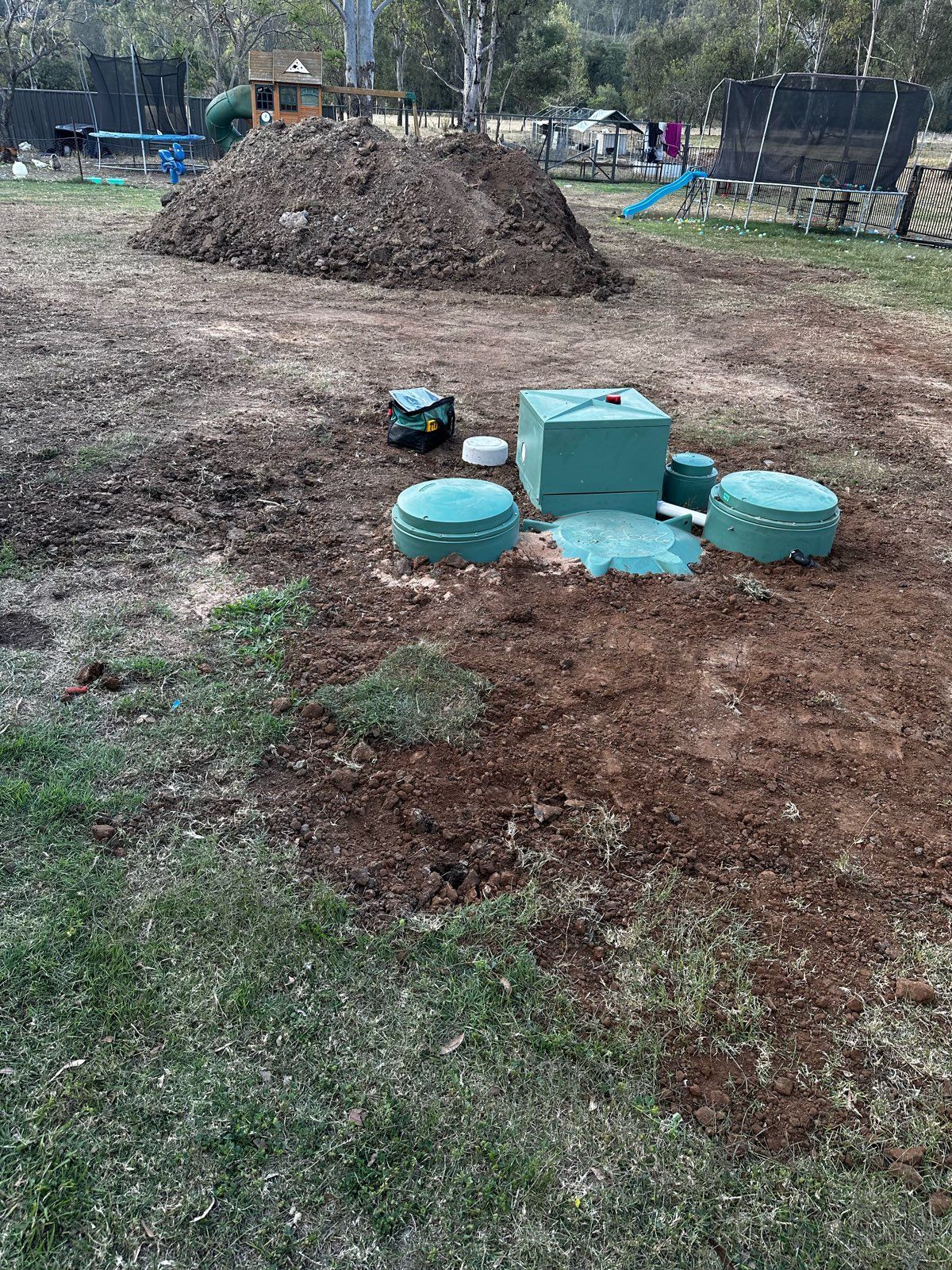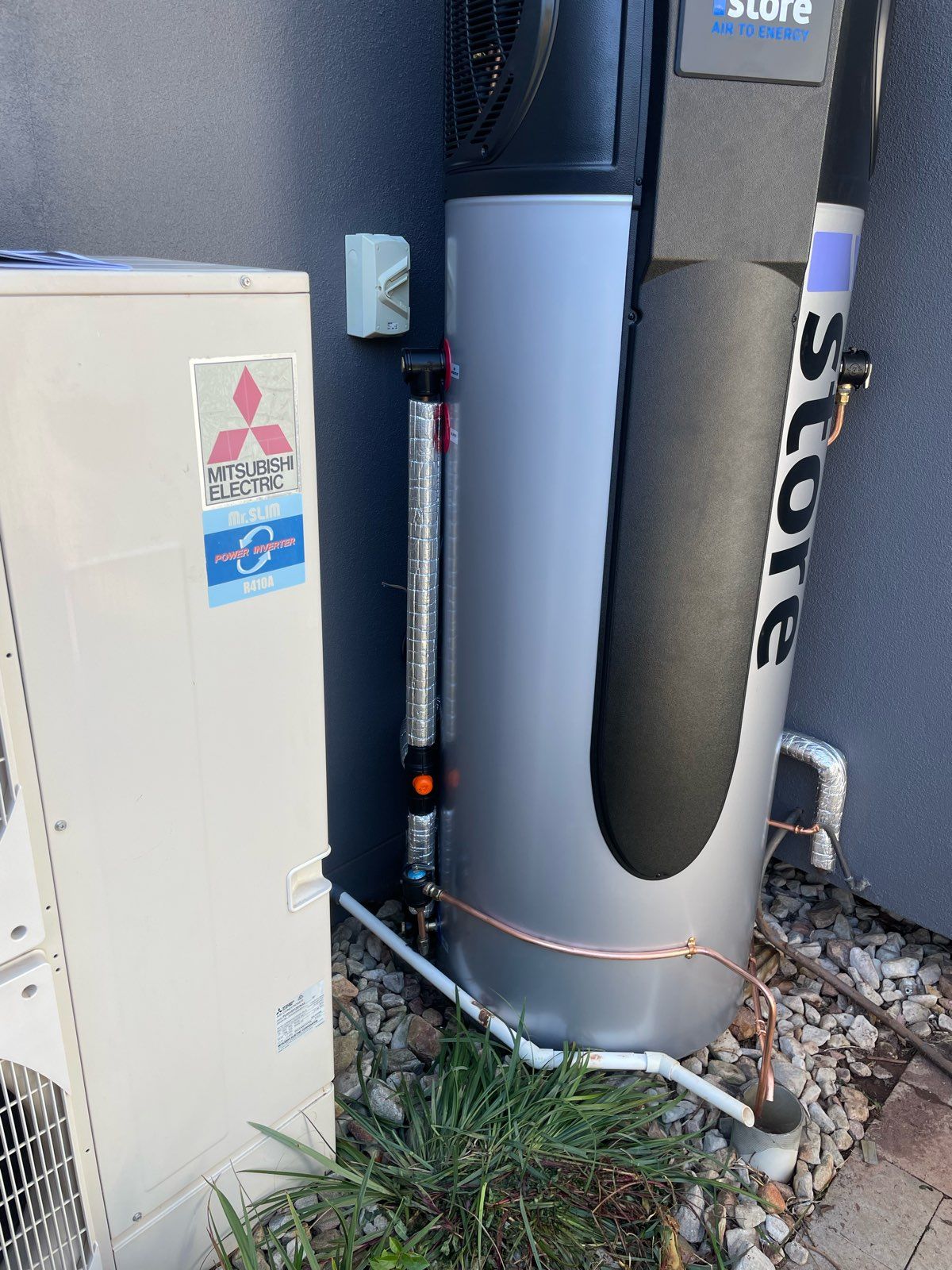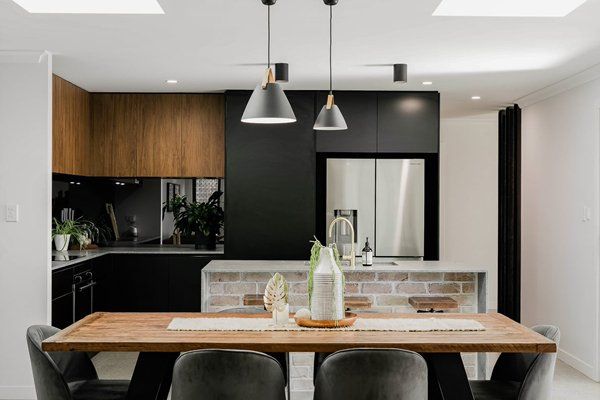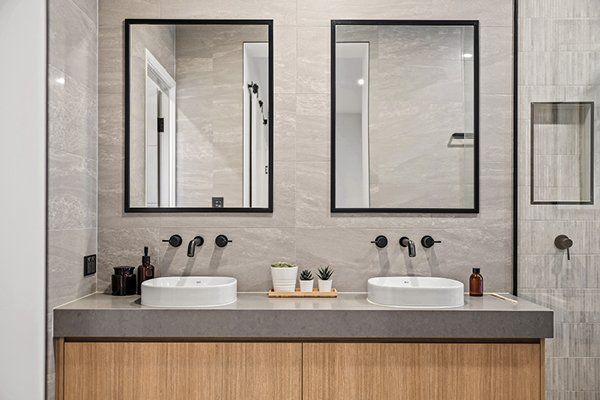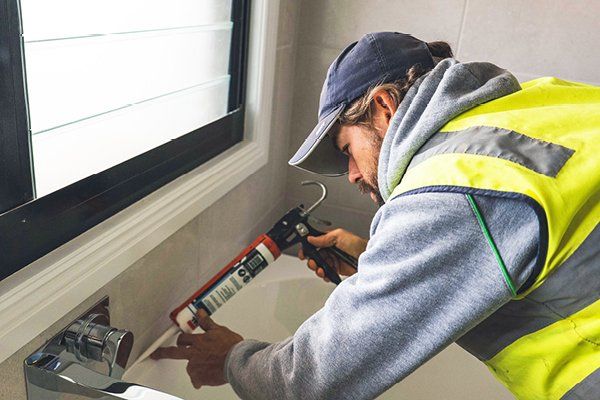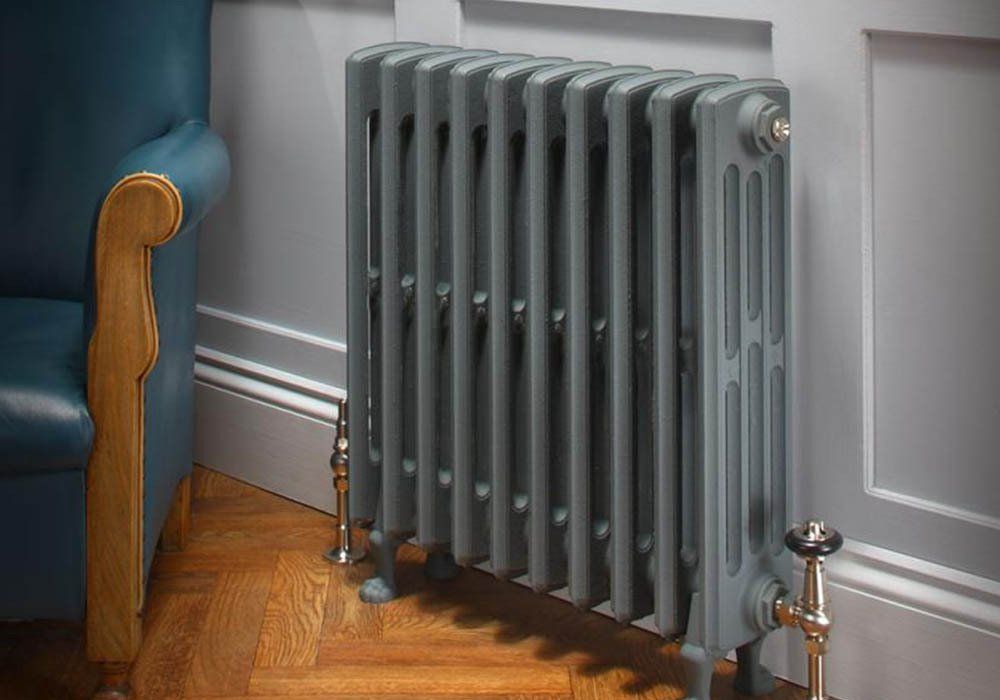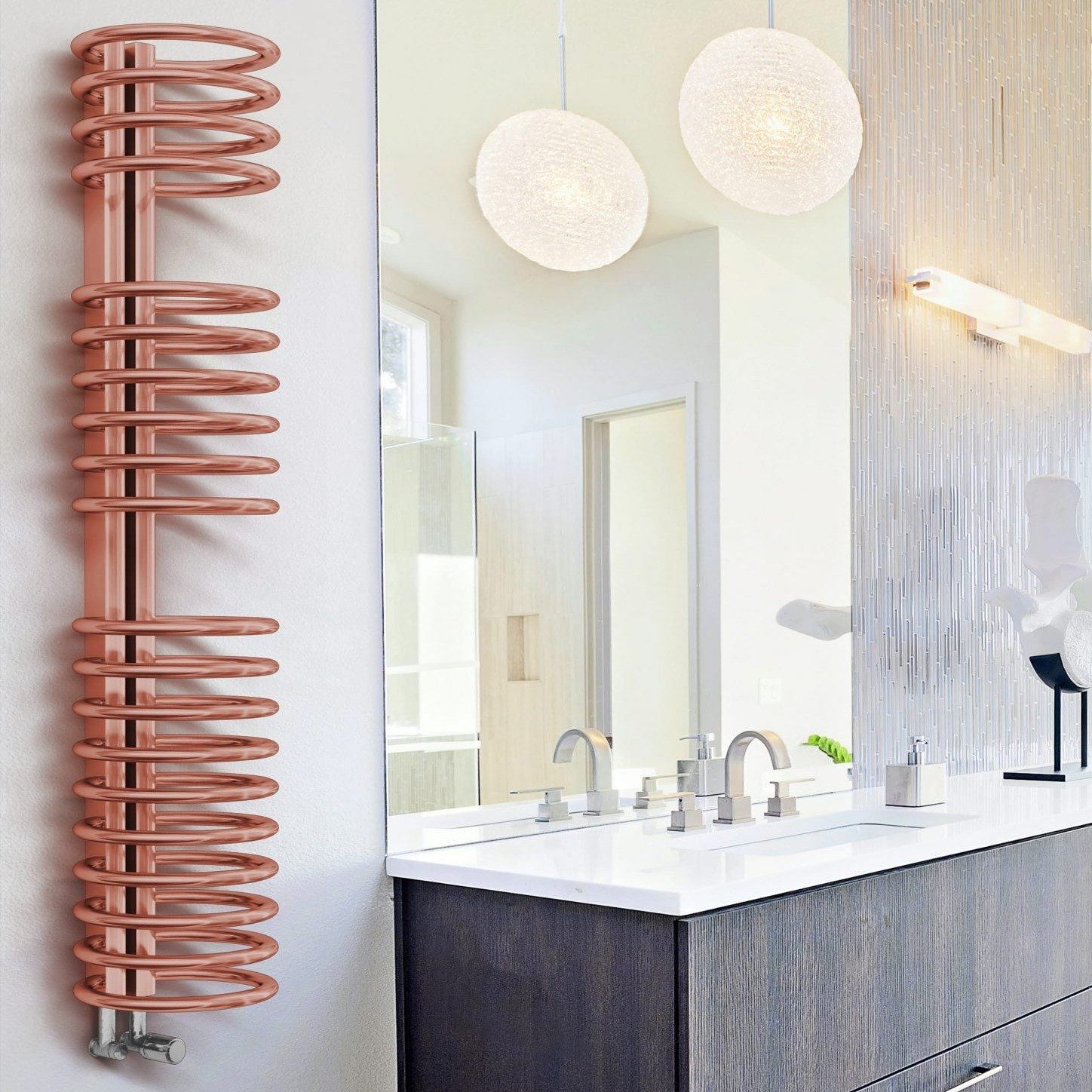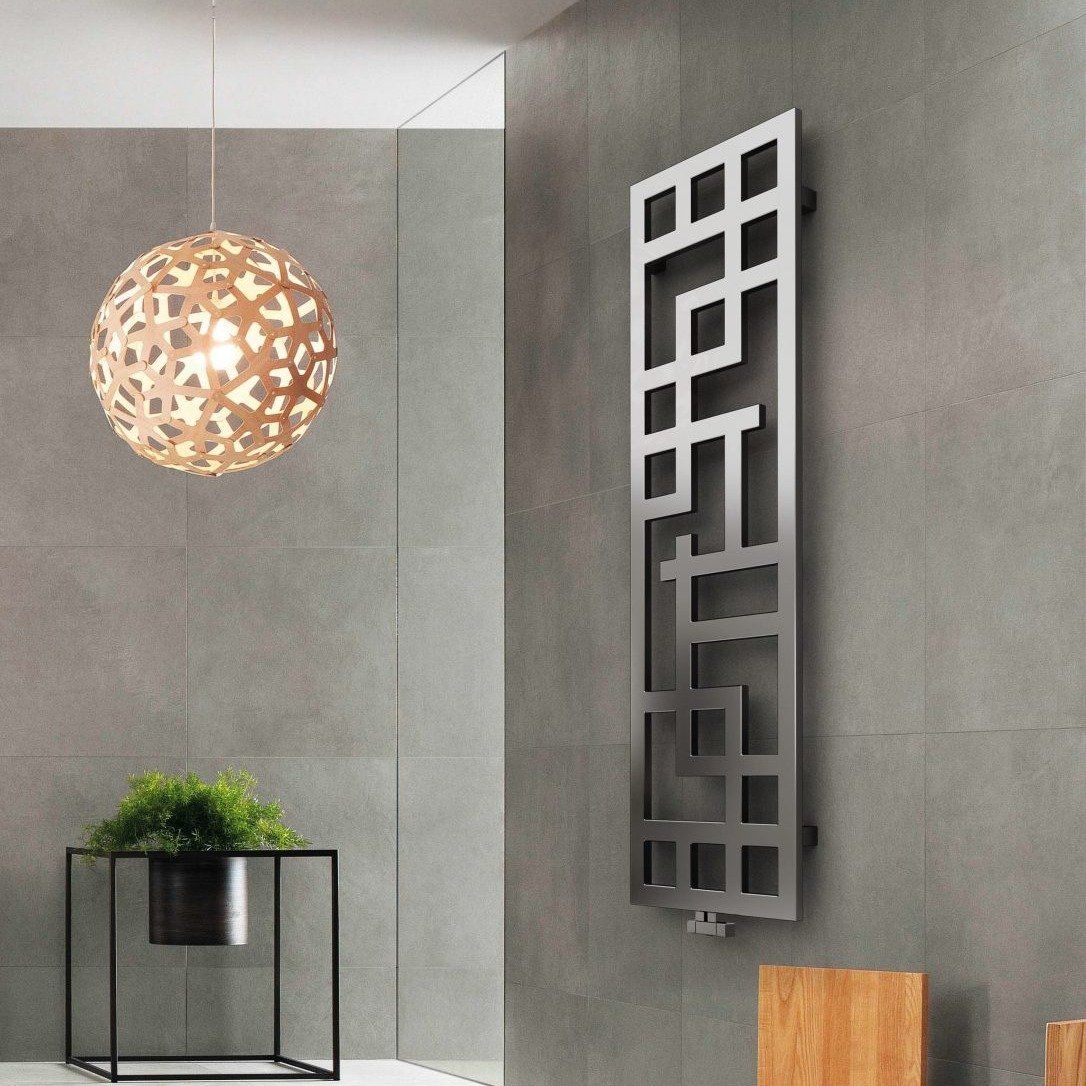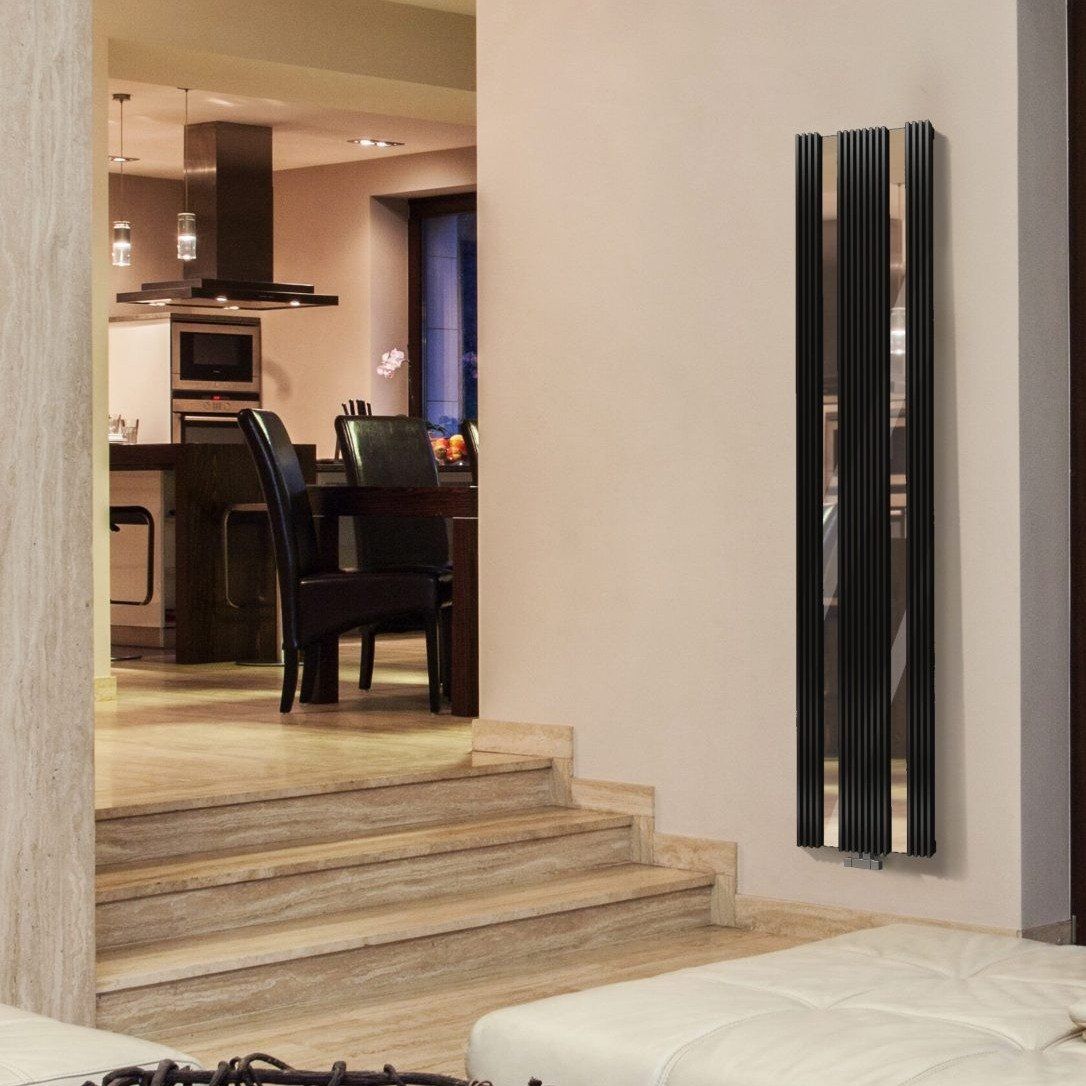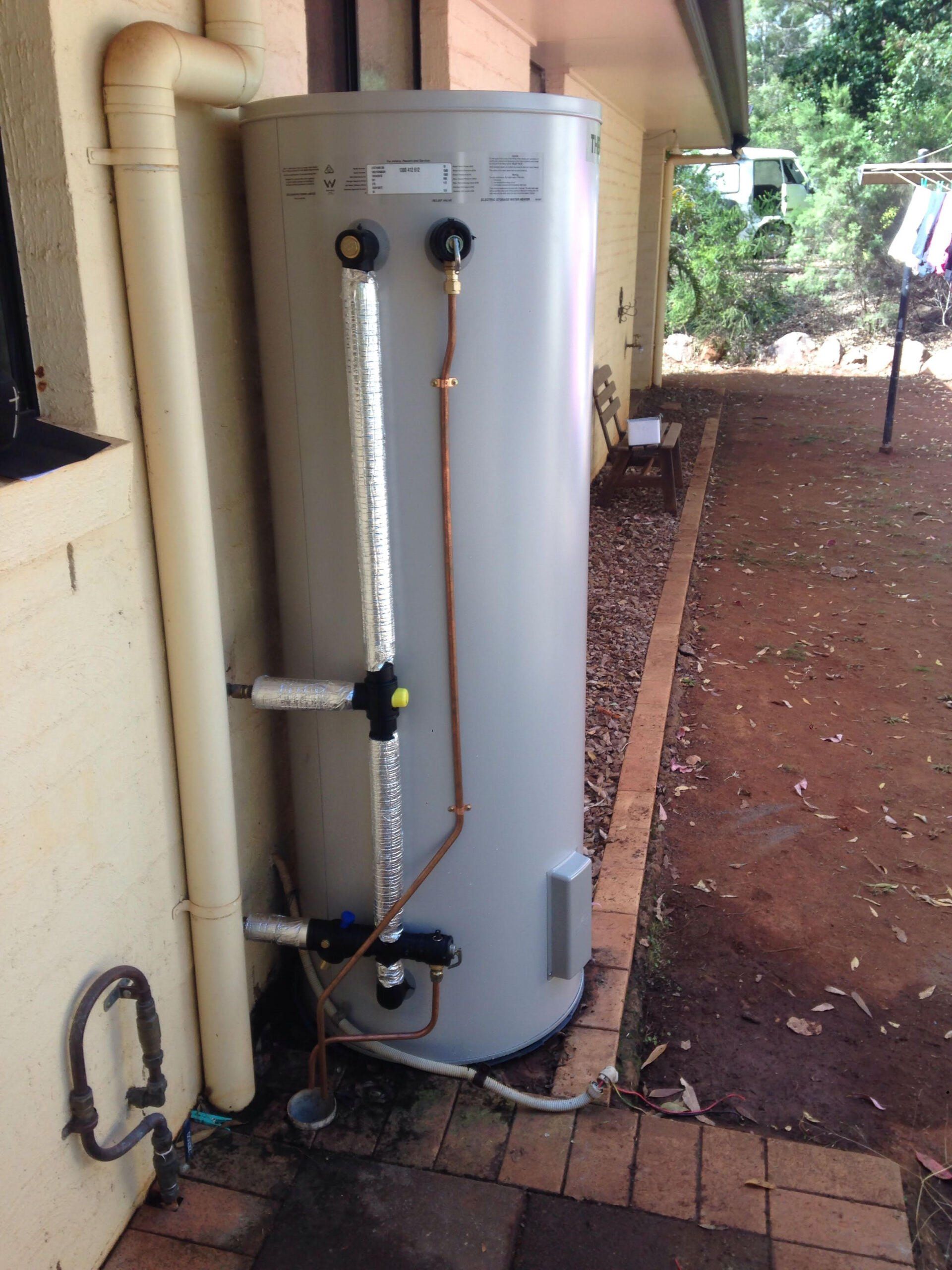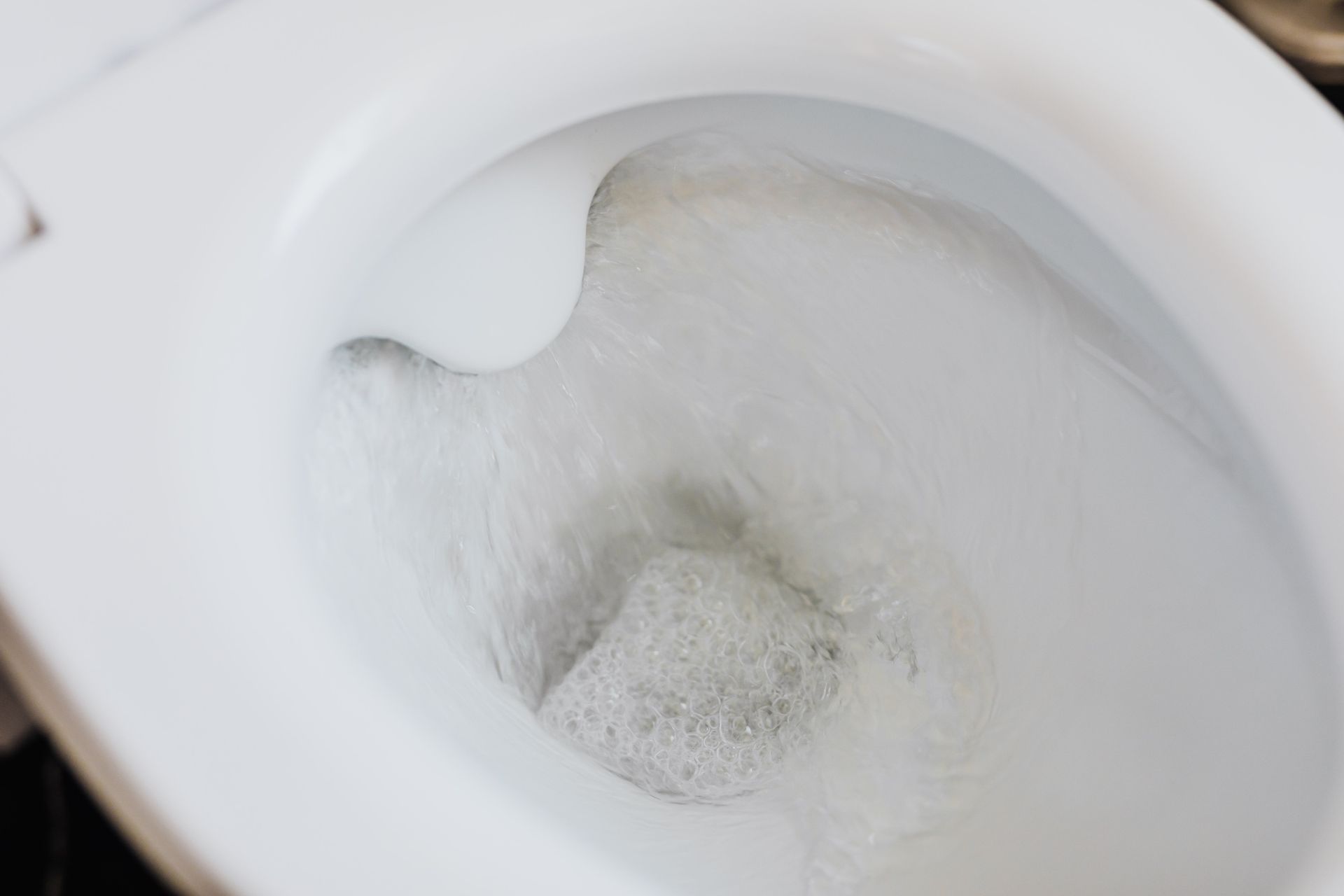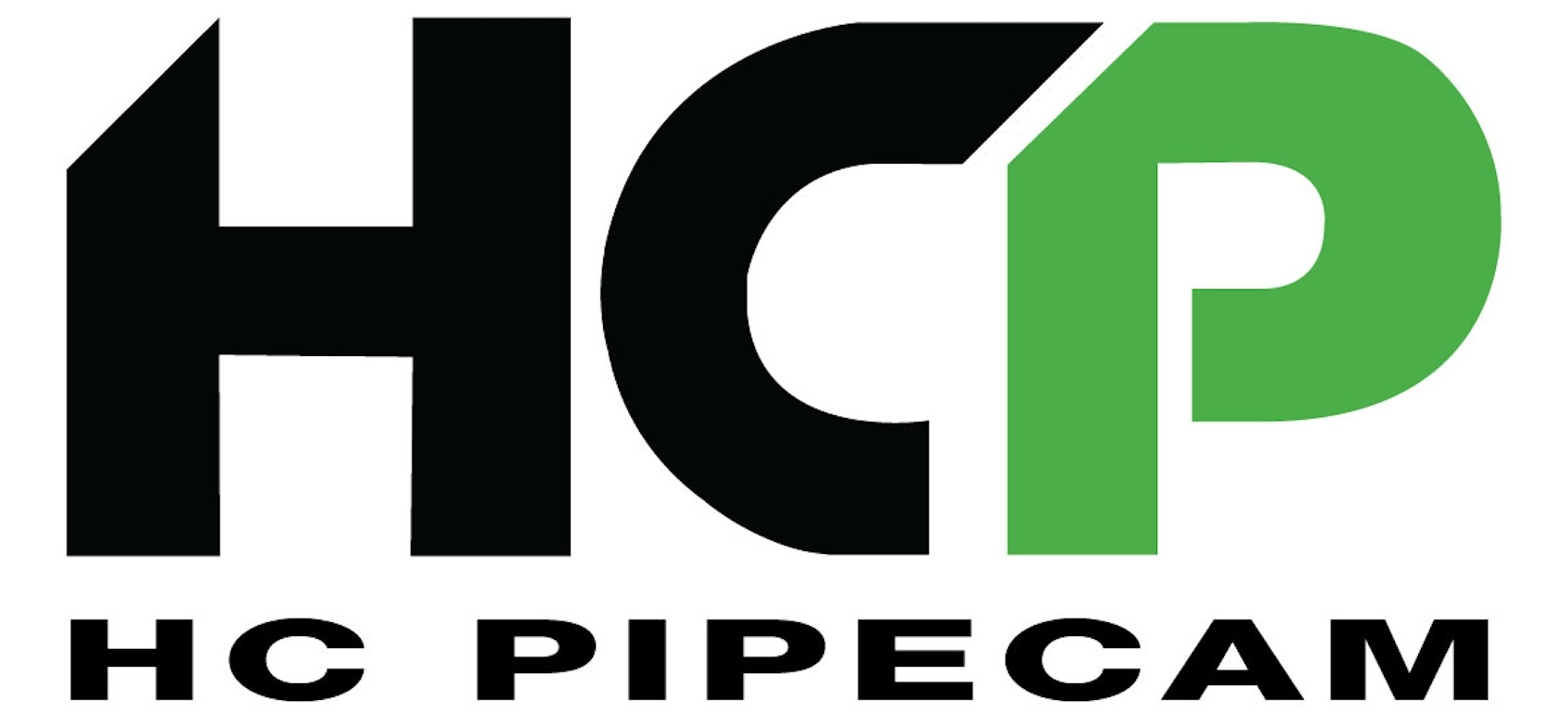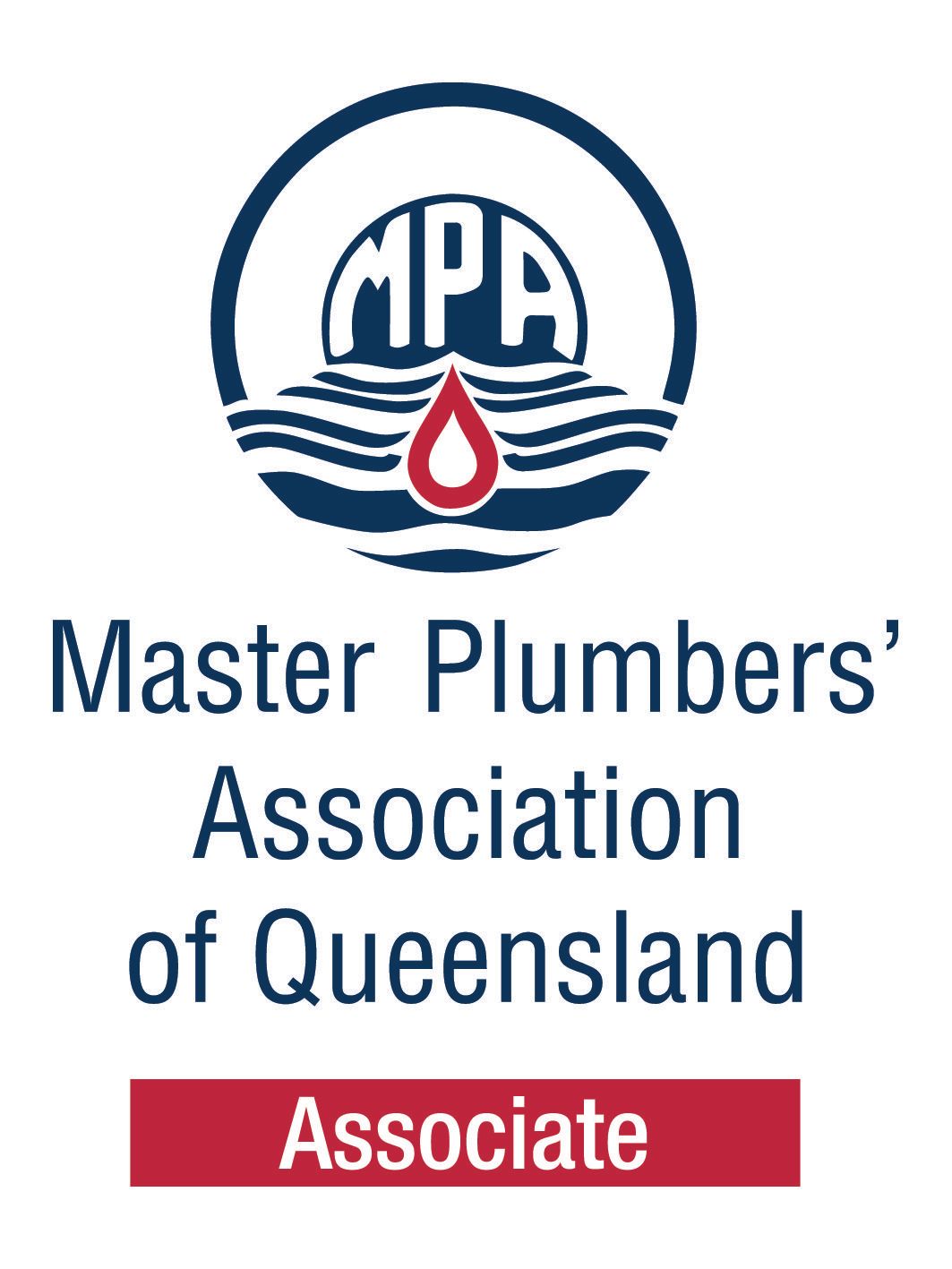Hydronic Heating
Toowoomba, Darling Downs & Granite Belt
What Exactly is Hydronic Home Heating?
Hydronic home heating essentially means to use hot water to heat your home. You may also have heard it called radiant heating.
It works by circulating hot water from a boiler through sealed pipes to the likes of underfloor heating, radiators and heated towel rails throughout your home. The radiant heat then works to heat the occupants & contents in the room, as opposed to heating the air in the room. The benefits of this are no cold spots (as the heat can't be blown away), and no drying feeling that is associated with many forms of heating.
The first hydronic heating systems date back to Roman times, but don't let that fool you into thinking the technology is redundant!
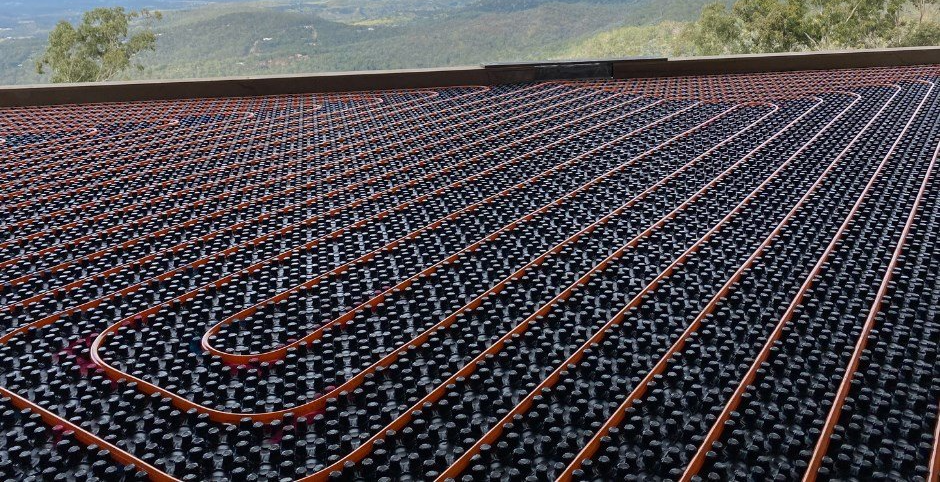
Why Choose Hydronic Home Heating?
Hydronic home heating offers several great benefits:
Save Money
It's a very cost effective method of heating your home. With the re-use of waste heat making it sustainable for the environment too!
Clean & Healthy
Unlike ducted heating systems which circulate dust mites, allergens and bacteria through your home, hydronic heating uses piped water to radiate heat. This makes it the perfect form of heating for asthmatics and individuals who suffer from allergies or have compromised immune systems.
It's SAFE
With no open flames, or exposed electrical connections, hydronic heating comes with a very low risk of fire. Panels never become too hot for any member of the family to touch and do not present a fire risk if furniture etc. are placed nearby.
Comfortable & Consistent Temperature
As it isn’t reliant on pushing air around the house, you won’t find that you have hot spots, cold spots and drafts like you can experience with ducted heating systems. You will also notice that it makes next to no discernable noise.
How Does the Heat Get From the Hot Water, to Me?
If there is no air blowing involved in the whole process, are you wondering how exactly the heat gets from the underfloor heating, radiator panel or towel rail to you?
The short answer is via thermal radiation, which is the transfer of heat through the air via electromagnetic radiation waves.
Any object with a temperature above absolute zero emits electromagnetic radiation waves (think of the infrared heat camera's used in animal documentaries), however, the heat emitters (underfloor heating/radiators etc.) are specially designed to consistently distribute comfortable heat into the objects within your room.
How Does the Hot Water Get Hot?
The water is heated via either a boiler or heat pump. There are many different options available on the market and the right option for you will depend on the size of the hydronic heating system you are wanting to run, and the availability of different fuel sources (i.e. natural gas) that could fuel your system.
How is Hydronic Heating Safe & Healthy?
There are a few reasons why hydronic heating is very safe & healthy.
The water that moves through the system is always at well below boiling point. This means that touching of the surfaces of radiators or towel rails will never result in scalds or burns.
There are also no power point connections, removing yet another risk.
As there is no movement of air required, hydronic heating is brilliant for allergy and asthma sufferers. Dust mites, pet dander and pollen won't be circulated and spread throughout your house as they would with a ducted system. As frustrating as it is even ducted systems that do have the ability to filter the air will collect dust when not being used that will not be able to be filtered when the system is first turned on. With a hydronic system, any radiator or towel rail surface can be safely wiped clean of dust, just like any other hard surface in your home.
Is Hydronic Heating Suitable For My Home?
Hydronic Heating is able to be installed in most homes.
In-slab underfloor heating is able to be installed in any new concrete slabs that you might be pouring, whether throughout your whole new home, or in an addition or extension.
If you have an existing home, there are several ways that hydronic heating could be incorporated:
If you have a suspended timber floor, we can run the pipework underneath and install radiators and towel rails throughout.
If you have a concrete floor, we can often run the pipework through your ceiling and down your walls - this is a little bit more complicated, but certainly, in most instances possible.
I'm Fussy About How The Radiator Panels Might Look...
Lucky for you, there are a myriad of different shape, size and style radiator panels and towel rails available. Whether you are wanting classic, modern or traditional, a statement or something that just blends in like it was always there, there really is something for every room. Check out some of the different options available in our gallery below - some look more like art installations, than radiator panels!
I'm Interested in Hydronic Heating For My Home... What Now?
HC Plumbing offer Hydronic Heating throughout the Toowoomba, Darling Downs & Granite Belt Districts.
If you are interested in Hydronic Heating for your home, the first step is to reach out to our office on 0439 648 390 to arrange a time to discuss your needs.
EXPLORE MORE
